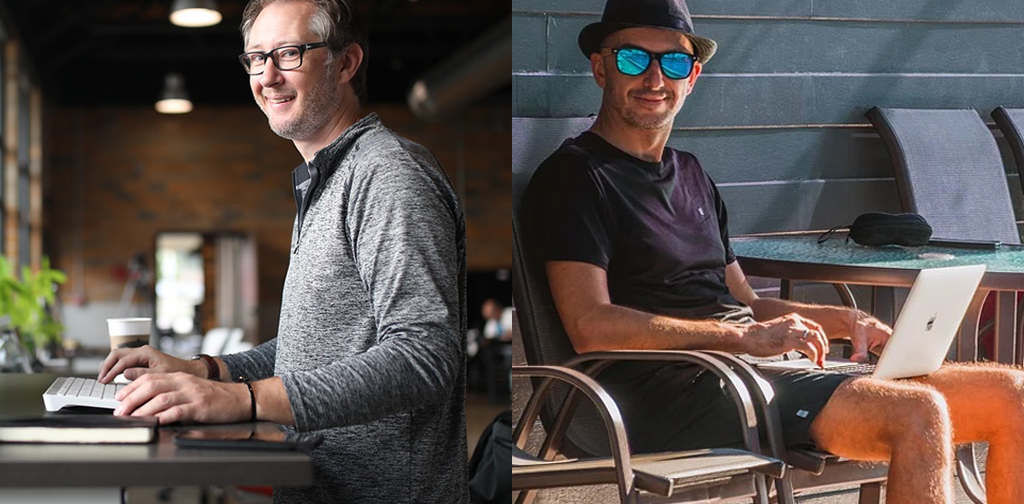
Today, the threat of the pandemic and subsequent variants isn’t over, but the efficient rollout of the vaccine and the proven effectiveness of remote work has improved most owner’s confidence. Sights are shifting now from the question of surviving to the task of thriving; owners are focused on the need to improve their team’s resilience (with hybrid working arrangements fast becoming a norm), optimize their resource spend, and push their company forward as leaders in their post-COVID industries.
Preparing for The Next Normal Workplace
The Aim of Investments: Empowerment
But beyond tech-based investments, employers should allocate a portion of their budget toward employee empowerment. Years ago, IBM found that new employees were 42% more likely to stay with a company if they were provided with valuable training during their employment. As people’s priorities shifted throughout the course of the pandemic, the desire for ongoing learning opportunities has only increased. Watching industries transform around them, all employees—from new hires to senior executives—want the chance to learn and grow within their current role. Investing in up-skilling and re-skilling resources will be crucial for an optimized hybrid team.
What is The Next Normal Going to Look Like?

Flexibility is The New Great Workplace Divide
For returning team members, the office design merits some reconsideration. Demarcated, customizable spaces are going to be the post-COVID preference, and there’s going to be an observable benefit of having access to outdoor space. Many people spent the last year working from their backyards or taking conference calls in the nearby park; integrating some natural design elements into the office will be a nice way of maintaining some of nature’s age-old brain boosting effects.
Operating Models and The Next Normal
At this point, it goes without saying that the proper health and safety solutions need to be in place. But employers should also use the preparatory period to consider their policy offerings. Health care, retirement savings, donation match programs, and other health and wellness offerings—all of these elements contribute to an employee’s sense of security and protection within the working environment. Since the advent of COVID-19, health and safety is top-of-mind for many families.
If employers can give an inch in any of these directions, whether that’s extending existing policies or creating new ones that speak more directly to the new, post-COVID needs, the results on the mental wellbeing of their team might go a long, long way.

This is a new workplace experiment, and it will happen to many companies, globally, almost all at once. There’s no doubt that we’ll learn as we go, but there are a few first steps employers need to take in order to properly support their teams and optimize their hybrid approach. By making the right policy decisions, investing in the necessary technology, and opting for freedom and flexibility over rigid schedules, company leaders will be well-positioned in navigating the next normal economy. But opening the dialogue for employee contributions will be the real difference-maker, making sure the solutions are really serving the people for whom they’re designed.
